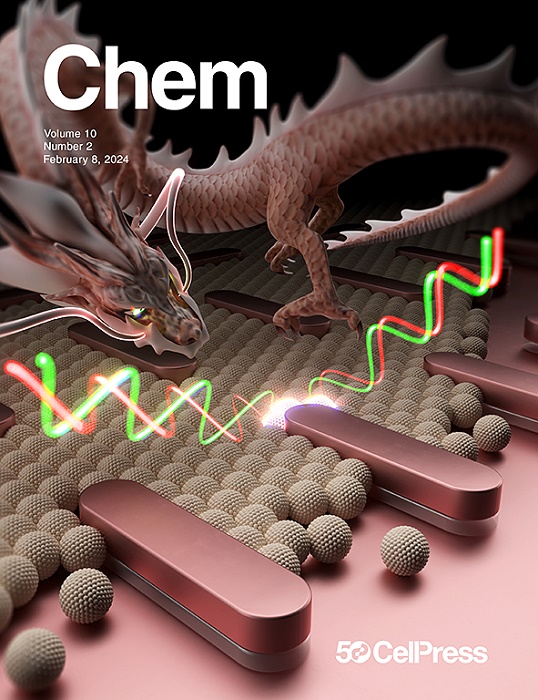Protein-based nanomedicines for cancer theranostics: From supramolecular self-assembly to AI-driven design and applications
IF 19.1
1区 化学
Q1 CHEMISTRY, MULTIDISCIPLINARY
引用次数: 0
Abstract
Protein-based nanomedicines represent a paradigm shift in cancer theranostics, capitalizing on superior biocompatibility, molecular recognition, and multifunctional adaptability. This review delineates their evolution from supramolecular self-assembly to artificial intelligence (AI)-driven design, emphasizing their transformative role in cancer chemotherapy, phototherapy, chemodynamic therapy, and immunotherapy. Supramolecular strategies, including metal coordination, electrostatic interactions, host-guest chemistry, hydrogen bonding, π-π stacking, and hydrophobic interactions, not only enable precise control over protein assemblies but also facilitate drug delivery and performance. AI tools like AlphaFold 3 and RFdiffusion have accelerated de novo protein design and dynamic interaction prediction, overcoming limitations in structural prototyping. Despite breakthroughs, challenges persist in the mechanistic insights into assembly dynamics, experimental validation of AI-generated constructs, and scalable clinical translation. Future directions prioritize integrated theranostics platforms, multi-omics-guided precision medicine, and synthetic biology. By synergizing supramolecular chemistry, AI, and nanotechnology, this review envisions protein-based nanomedicines as intelligent, adaptive systems poised to redefine paradigms of cancer theranostics.

基于蛋白质的癌症治疗纳米药物:从超分子自组装到人工智能驱动的设计和应用
基于蛋白质的纳米药物代表了癌症治疗学的范式转变,利用了优越的生物相容性、分子识别和多功能适应性。本文概述了它们从超分子自组装到人工智能(AI)驱动设计的演变,强调了它们在癌症化疗、光疗、化学动力学治疗和免疫治疗中的变革作用。超分子策略,包括金属配位、静电相互作用、主客体化学、氢键、π-π堆叠和疏水相互作用,不仅可以精确控制蛋白质组装,还可以促进药物的传递和性能。像AlphaFold 3和RFdiffusion这样的人工智能工具加速了从头开始的蛋白质设计和动态相互作用预测,克服了结构原型的局限性。尽管取得了突破,但在装配动力学的机械洞察、人工智能生成结构的实验验证以及可扩展的临床翻译方面仍然存在挑战。未来的发展方向是综合治疗平台、多组学指导的精准医学和合成生物学。通过超分子化学、人工智能和纳米技术的协同作用,本综述设想基于蛋白质的纳米药物是一种智能的、自适应的系统,有望重新定义癌症治疗的范式。
本文章由计算机程序翻译,如有差异,请以英文原文为准。
求助全文
约1分钟内获得全文
求助全文
来源期刊

Chem
Environmental Science-Environmental Chemistry
CiteScore
32.40
自引率
1.30%
发文量
281
期刊介绍:
Chem, affiliated with Cell as its sister journal, serves as a platform for groundbreaking research and illustrates how fundamental inquiries in chemistry and its related fields can contribute to addressing future global challenges. It was established in 2016, and is currently edited by Robert Eagling.
 求助内容:
求助内容: 应助结果提醒方式:
应助结果提醒方式:


